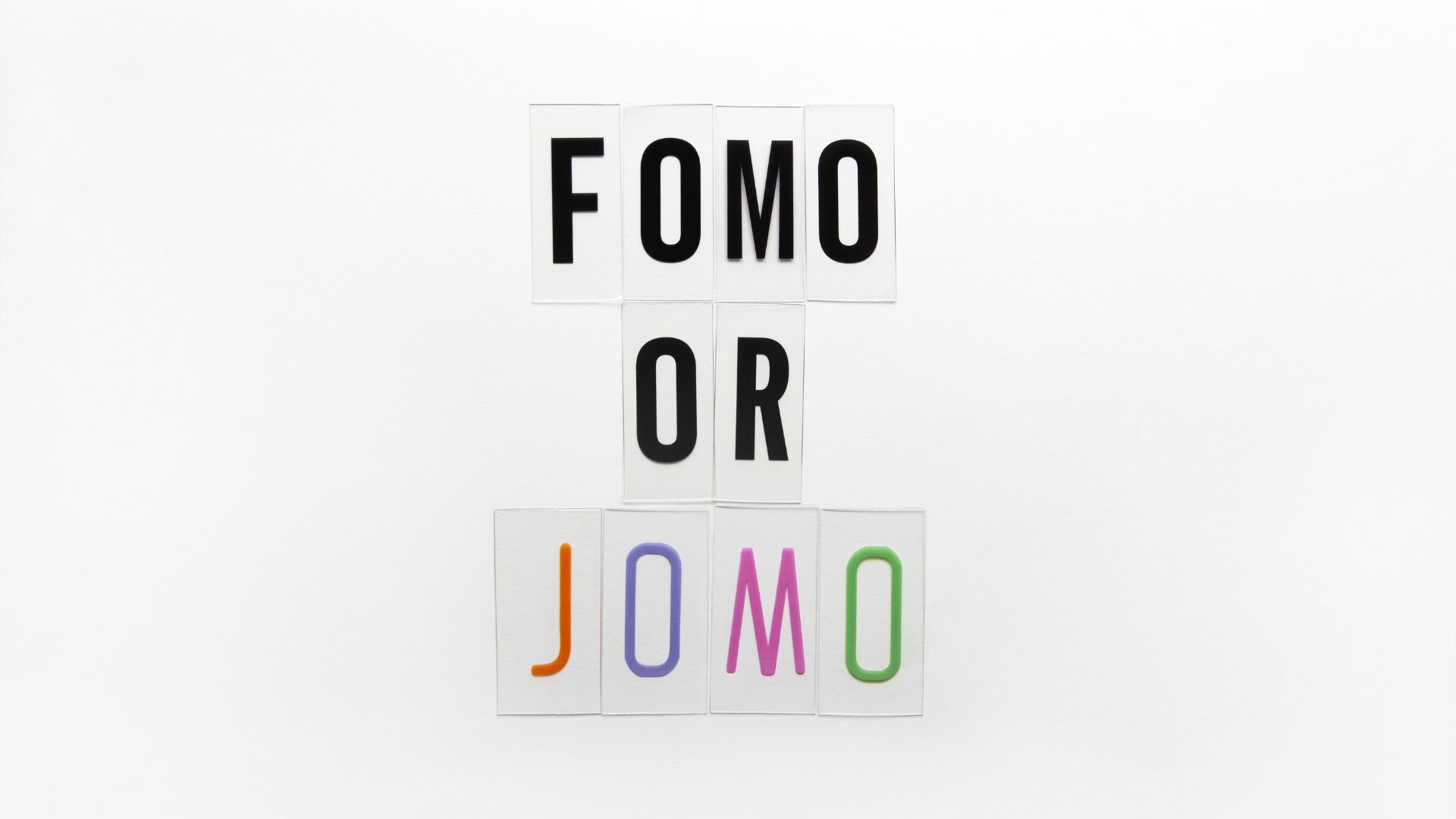Article
FOMO vs JOMO: How to Capture Millennial vs Gen Z Audiences
Marketing
Internet is connecting people, with everyone and their mother scrolling through feeds. But what user experience are they after? Research on online behaviours by generation clearly pinpoints the leaders of ecommerce:

Fear or Joy of Missing Out?
Apart from their wallets, Millennials and Gen Z differ in their chill levels. With different media consumption and preferred communication styles, these two groups respond to messaging differently. Millennials, the most anxious generation, is rather afraid of missing out. It’s no coincidence their online motto is FOMO (Fear of Missing Out) - they have been the first ones in history to be struck with the infinity of choices. Gen Z on the other hand is more selective, having rephrased the famous acronym in line with their Joy of Missing Out mentality. Brand accessibility is no news to them, they feel more at ease browsing, scrolling and engaging, comprehending that they cannot be everywhere at the same time. To effectively engage these discerning yet diverse generations, brands must navigate the balance, capturing the excitement of FOMO and the serenity of JOMO in whatever they post.
How to Capture Millennial vs Gen Z Audiences
To make your job easier, let’s focus on the similarities first. Both Gen Z and Millennials value authenticity. They can spot a canned or inauthentic message from a mile away. Use real people and real stories in your campaigns and be transparent about your brand's values. Personalized experiences are key. To attract both groups, use data to customize content and recommendations for everyone. Interactive Content: Interactive content like polls, quizzes, and challenges can engage both Gen Z and Millennials. It creates a two-way conversation and fosters a sense of community. Let’s not kid ourselves, it’s simply fun, too.
Different Strategies Tailored For Gen Z and Millennials
Millennials
While still enjoying visual content, Millennials are more inclined to consume longer-form content, such as YouTube videos and blog articles. They are active on Facebook, YouTube, and LinkedIn. They appreciate content that provides value, educates, and entertains. Both groups use social media, but Millennials are less likely to embrace newer platforms like Snapchat and Twitch.
What Works on Millennials?
Gen Z



